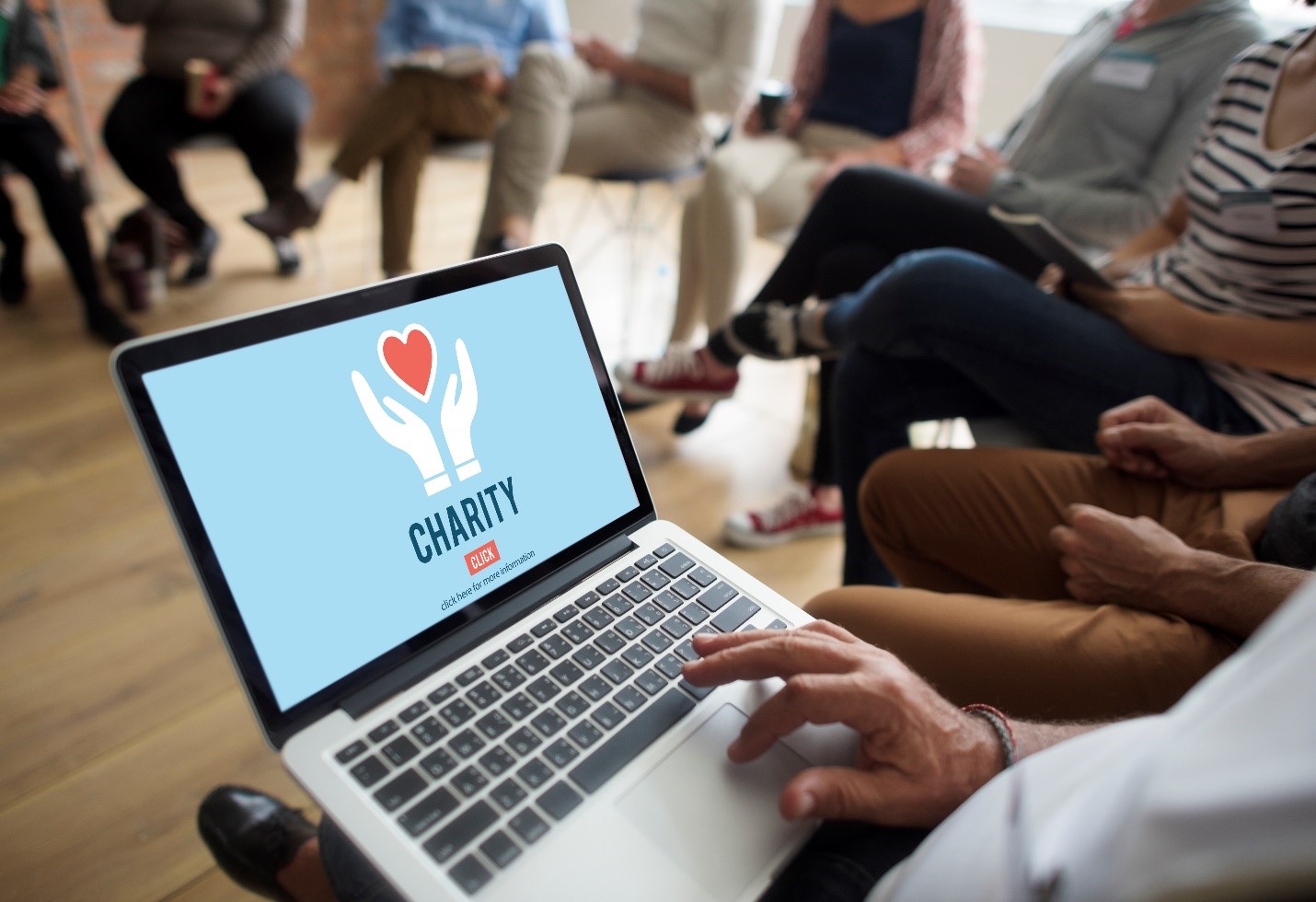In order to ensure gender equality programming, sector actors need to remember crucial concerns and we have just the tool for that. This food security gender checklist serves as a starting point for project personnel to construct context-specific indicators to track progress in integrating gender concerns into humanitarian action.
Analysis of gender differences
- A participatory needs assessment is conducted with an equal number of women and men to gather information on:
- Short- and long-term losses of women’s and men’s livelihood assets (e.g., a single season’s harvest or permanent land loss).
- Shifts in men’s and women’s access to and control of land and other vital productive resources.
- Female- and male-headed families’ literacy and employment rates.
- Women’s and men’s coping mechanisms in crises.
- Female and male malnutrition rates in terms of stunting, wasting, and being underweight.
- Deficiencies in micronutrients.
- Data is analyzed and used in programming to ensure that activities directly and indirectly benefit women, girls, boys, and men.
Design
The operation is intended to address the various effects of the disaster on women and men, as well as to build on the community’s existing/available capacities for women, girls, boys, and men.
Access and control
- Access to services and control over productive resources for women, girls, boys, and men is routinely checked through spot inspections, community talks, and other means.
- Barriers to equitable access are quickly dealt with.
Participation
- Women and men are consulted and included in food security actions in a systematic manner.
- Women and men participate equally and meaningfully in livelihood asset decision-making and management.
- On registration and distribution committees, women and men engage equally and meaningfully.
Training/Capacity building
- Based on a needs assessment, training and skill development are made available to a balanced number of women, men, and teenage girls and boys.
- Training and skill development events are scheduled at times and locations that are convenient for both men and women.
- Training and information materials are created depending on different socioeconomic groups’ educational levels and knowledge.
Actions to address GBV
- An equal number of female and male humanitarian workers receive training on GBV-related concerns and potential risk factors, enabling them to provide support to victims and refer them to appropriate information and counselling centers.
- Programs are in place to ensure that women and girls have income-generating activities and economic options so that they are not forced to engage in unsafe sex in exchange for money, housing, food, or education — or are exposed to GBV in other ways because they are economically dependent on others.
- Women and men in the community, including village leaders and men’s groups, are educated on domestic abuse against women and girls.
Targeted actions based on gender analysis
- Women’s and children’s rights (such as the right to eat) are promoted through public awareness campaigns.
- Vulnerable groups are taught about their property rights (such as land) in order to strengthen their bargaining position and reduce abusive interactions.
- As part of their empowerment process, social mobilization is aided in raising awareness of the most vulnerable groups’ key (practical and strategic) requirements.
- In order to maintain food security for the most vulnerable communities, gender imbalances are addressed in basic and productive infrastructures.
Monitoring and evaluation based on sex- and age-disaggregated data
- Women and men’s perspectives on positive and negative changes in their life as a result of food security interventions are recorded, and the implications are addressed in programming.
- Assessments of particular changes in the livelihood systems of beneficiary female-, male-, and child-headed families are carried out.
- A study is conducted to determine how women’s and men’s needs could have been better fulfilled, which will shape future programming.
Coordinate actions with all partners
- Actors in your sector collaborate with actors from other industries to address gender concerns.
- Based on the checklist, the sector/cluster has established and consistently measures project-specific indicators.
To get more insight on food security, enroll today for our Food Security & Nutrition in Emergencies course designed to help advance your career in the humanitarian field.







